When people think of weddings, many imagine a ceremony in a chapel. However, Japan has its own traditional wedding style known as the “Shinto wedding ceremony.” Held in the sacred grounds of a shrine, a Shinto wedding is known for its solemn and dignified atmosphere. It is especially popular among couples who wish to honor Japanese traditions and wear traditional attire on their special day.
Surprisingly, Shinto weddings became common only relatively recently. The first recorded public Shinto wedding took place in 1900, when the wedding of Emperor Taisho was celebrated at Hibiya Daijingu (now Tokyo Daijingu). Since then, many shrines and wedding venues have adopted the Shinto wedding style, and it remains a significant part of Japanese wedding culture today.
In this article, we will explore the process of a Shinto wedding, traditional wedding attire, and the option of a traditional-style photo wedding.

We will talk about traditional Japanese-style photo wedding, too!
- What Is a Shinto Wedding Ceremony?
- The Flow of a Shinto Wedding Ceremony
- Procession (Sanshin)
- Purification (Shubatsu)
- Offering to the Gods (Kensen)
- Reading of Sacred Vows (Norito Sojo)
- Sake Sharing Ritual (Sankon no gi / San-san-ku-do)
- Recitation of Wedding Vows (Seishi Houdoku)
- Ring Exchange
- Offering of Sacred Branch (Tamagushi Hoten)
- Sacred Dance (Kagura Housou)
- Family Sake Ceremony (Shinzoku Hai-no-gi)
- Closing Words and Bowing (Saishu Shukuji)
- Traditional Attire for the Bride and Groom
- Photo Wedding in Traditional Attire
- Conclusion
What Is a Shinto Wedding Ceremony?
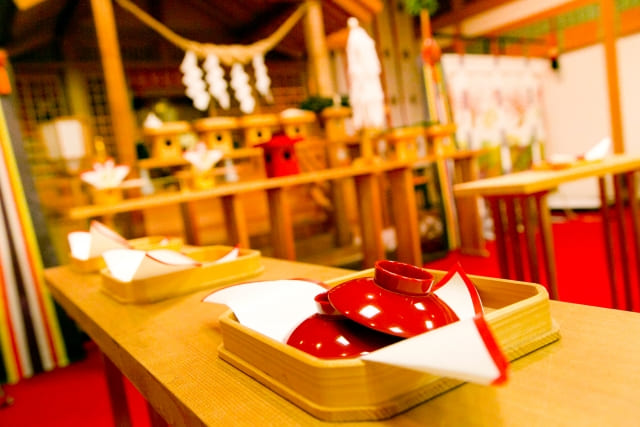
A Shinto wedding is a traditional Japanese ceremony in which the couple makes their vows before the gods. Typically conducted at a Shinto shrine or a dedicated wedding hall, the ceremony is led by a Shinto priest and follows sacred rituals.
One key feature of a Shinto wedding is its intimate nature, with close family members and relatives in attendance. Unlike Western-style weddings, which often include large gatherings of friends and acquaintances, Shinto weddings emphasize family bonds.
The ceremony includes traditional rituals such as “San-san-ku-do” (a sake-sharing ritual) and “Tamagushi Hoten” (offering a sacred branch). The rich cultural elements and the elegance of Japanese wedding attire make Shinto weddings a popular choice for couples who appreciate traditional aesthetics.

When I was a child, I admired the San-san-kudo ceremony.
The Flow of a Shinto Wedding Ceremony
Shinto weddings follow a structured series of rituals in accordance with Shinto customs. The main steps are as follows:
Procession (Sanshin)
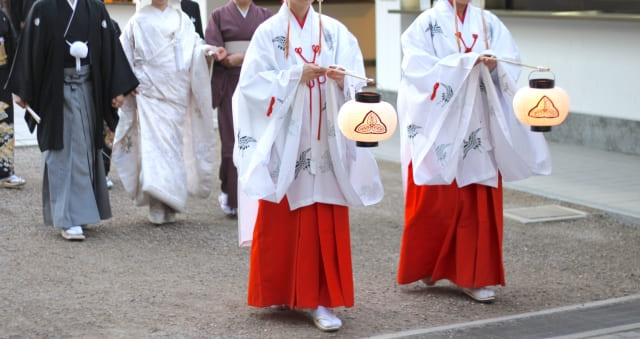
The bride and groom, accompanied by their families, proceed slowly to the shrine, led by Shinto priests and shrine maidens. Traditional court music (gagaku) plays in the background, creating a solemn and sacred atmosphere.
Purification (Shubatsu)
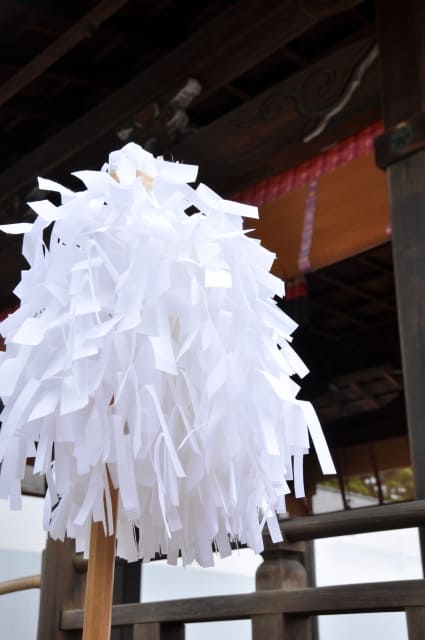
Before the ceremony begins, the bride, groom, and attendees undergo a purification ritual. The priest recites sacred words and uses a ritual wand (o-nusa) to cleanse them spiritually.
Offering to the Gods (Kensen)
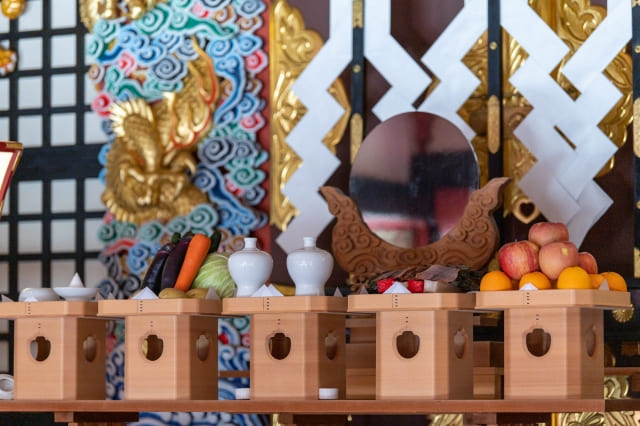
Sacred offerings such as rice, sake, water, salt, and blessings from the mountains and sea are presented to the gods.
Reading of Sacred Vows (Norito Sojo)
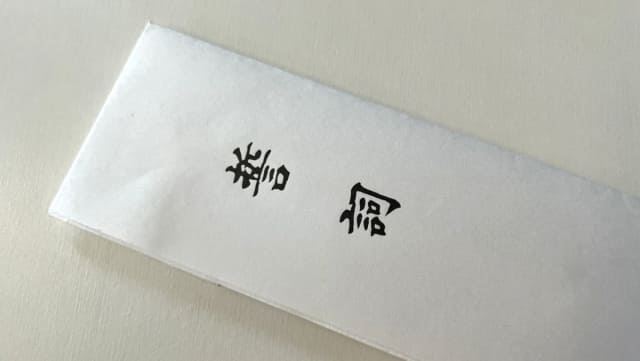
The priest recites a prayer to the gods, reporting the marriage of the couple and wishing them happiness.
Sake Sharing Ritual (Sankon no gi / San-san-ku-do)
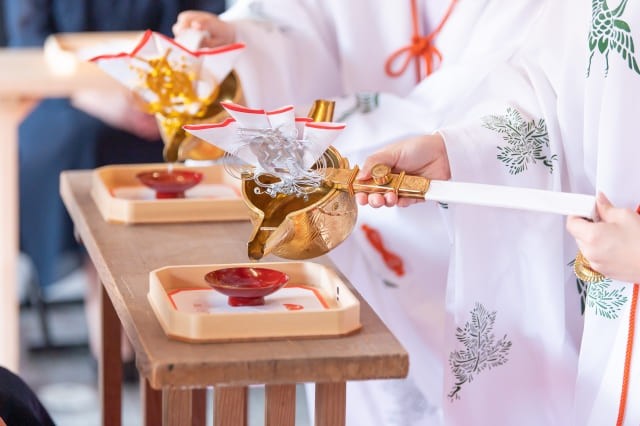
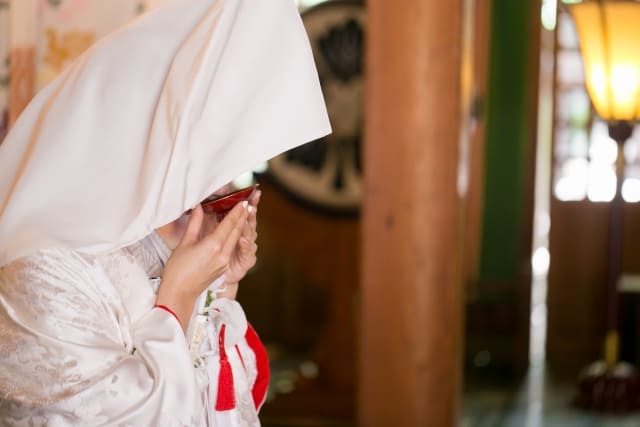
Also known as “Three-Times-Three Exchange (San-san-ku-do),” this ritual involves the couple taking turns drinking sake from three different-sized cups. This symbolizes the deepening of their marital bond.

It is called San-san-kudo because the couple drinks sake three times from each of three cups—large, medium, and small—making a total of nine sips.
Recitation of Wedding Vows (Seishi Houdoku)
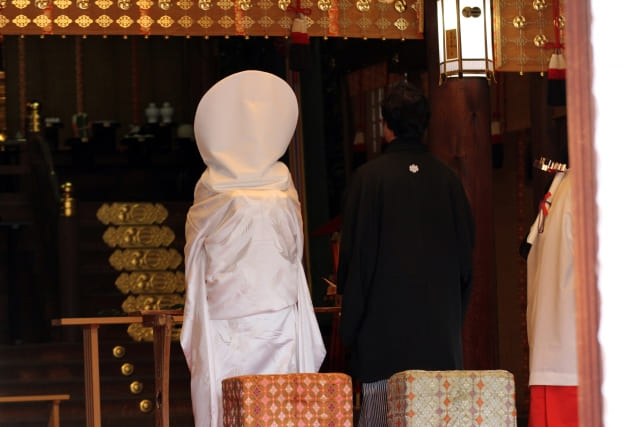
The bride and groom read their vows aloud before the gods, pledging their commitment to each other.
Ring Exchange
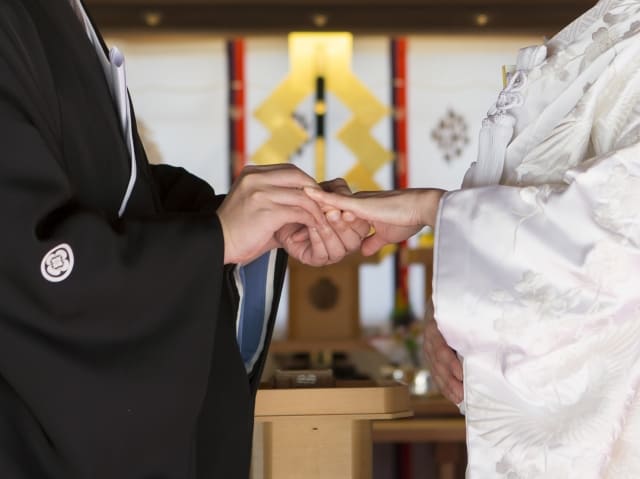
Originally, Shinto weddings did not include a ring exchange, but in modern times, many couples incorporate this Western tradition into their ceremony.
Offering of Sacred Branch (Tamagushi Hoten)
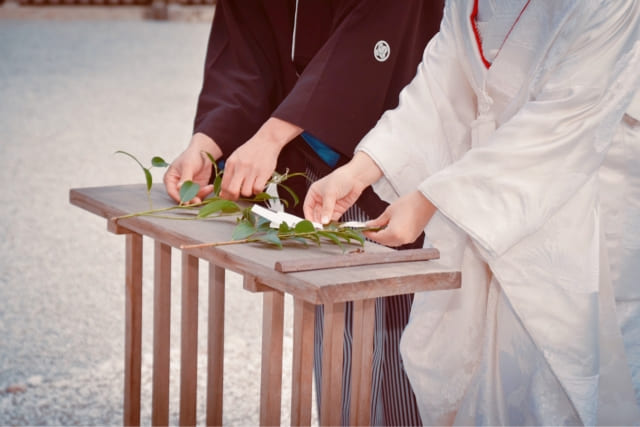
A sacred branch of the sakaki tree, decorated with paper streamers, is offered to the gods as a token of gratitude and commitment.
Sacred Dance (Kagura Housou)
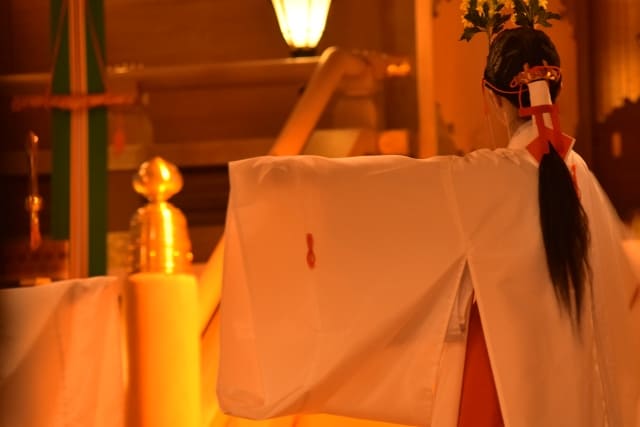
A shrine maiden performs a kagura dance to further sanctify the ceremony.

Typically, the Kagura dance is an optional service.
Family Sake Ceremony (Shinzoku Hai-no-gi)
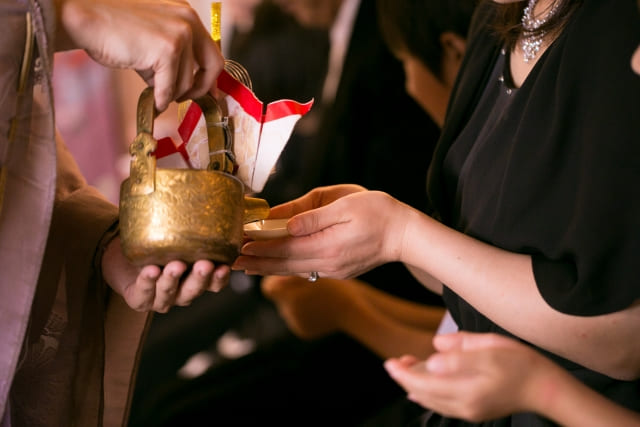
Not only the bride and groom but also their family members share sake, symbolizing the unity of both families.
Closing Words and Bowing (Saishu Shukuji)
At the conclusion of the ceremony, the priest offers final blessings, and all attendees bow in gratitude to the gods.
Traditional Attire for the Bride and Groom
Shinto weddings feature elegant and traditional Japanese attire.
Bride’s Attire
 Shiro-muku | A pure white kimono symbolizing sanctity and elegance. |
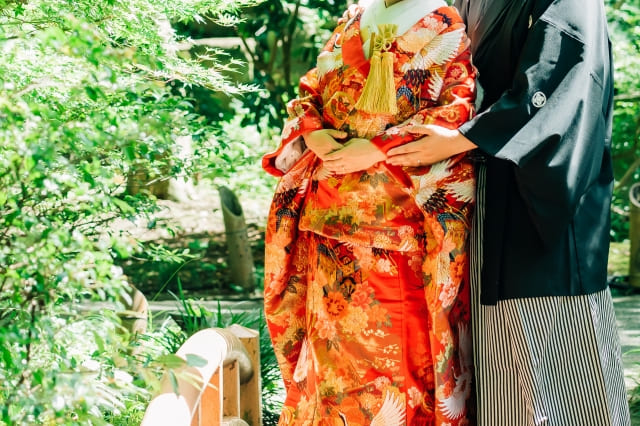 Iro-uchikake | A colorful and elaborate kimono, representing prosperity. |
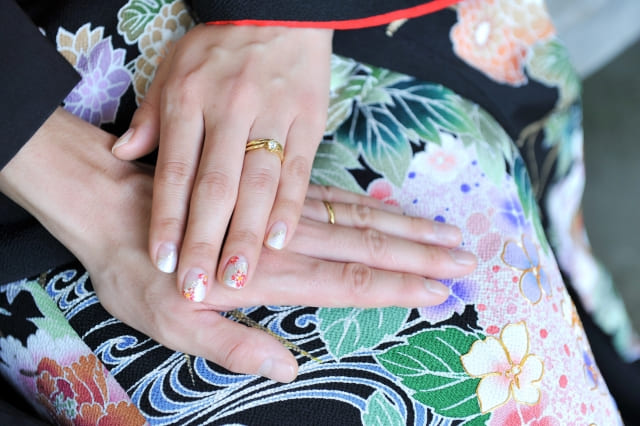 Kuro-hikifurisode | A sophisticated black kimono with modern elegance. |
Groom’s Attire
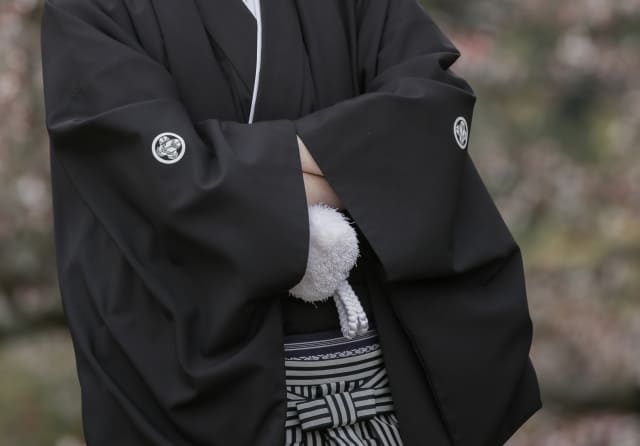 Montsuki Hakama | A formal black kimono paired with traditional hakama trousers. |
The beauty of traditional Japanese attire enhances the grace of the Shinto wedding ceremony.
Photo Wedding in Traditional Attire
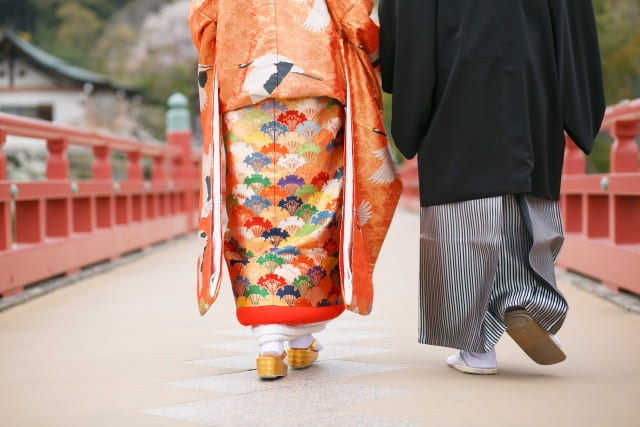
“I wanted to have a Shinto wedding, but I’m already married.”
“I’d love to take pictures in traditional Japanese attire!”
For those who feel this way, a photo wedding in traditional attire is an excellent option. There are so many photography packages which couples can wear stunning kimonos and capture the essence of a Shinto wedding. This allows them to experience the atmosphere of a traditional wedding and create timeless memories.

Many foreigners choose to have a traditional Japanese-style photo wedding!
There are many services offering traditional Japanese-style photo weddings, but here are two recommendations.

These services also offer English support, so you can feel at ease even if you don’t understand Japanese.
First, I’d like to introduce LA-VIE Photography, which has extensive experience in photo weddings and pre-wedding shoots. If you’re looking for an authentic photo wedding at a shrine, temple, or other location, this is definitely worth checking out.
Personally, I highly recommend the Indoor Kyoto Machiya Photography Plan, provided by a company that specializes in kimono-related businesses in Kyoto.
You can enjoy a traditional Japanese-style photo wedding inside a Kyoto machiya, a classic wooden townhouse commonly seen in the city. Dressed in traditional Japanese attire—men in montsuki hakama, and women choosing from iro-uchikake, shiro-muku, or hikifurisode—you can capture unforgettable memories in a truly authentic setting.
Why not make your Kyoto trip even more special with a once-in-a-lifetime photo wedding?

Otsuki
As someone who has always admired Kyoto machiya,
I’m thinking of trying this service myself!
Conclusion
A Shinto wedding is a deeply cultural and solemn wedding style that showcases Japanese traditions. Every step in the ceremony holds significant meaning, and the pairing of traditional attire with the sacred rituals makes for an unforgettable experience. If you and your loved one are considering marriage and also love Japanese style traditional wedding, why not explore the option of a Shinto wedding?
For those who have already married or simply wish to experience traditional attire, a photo wedding is a fantastic alternative. Whether through a formal ceremony or a photography session, embracing Japan’s beautiful wedding traditions can create a truly special day.

If you are interested in Japanese culture, and you love gaming, you may love these games! Let’s play!

Yes! Let’s play!

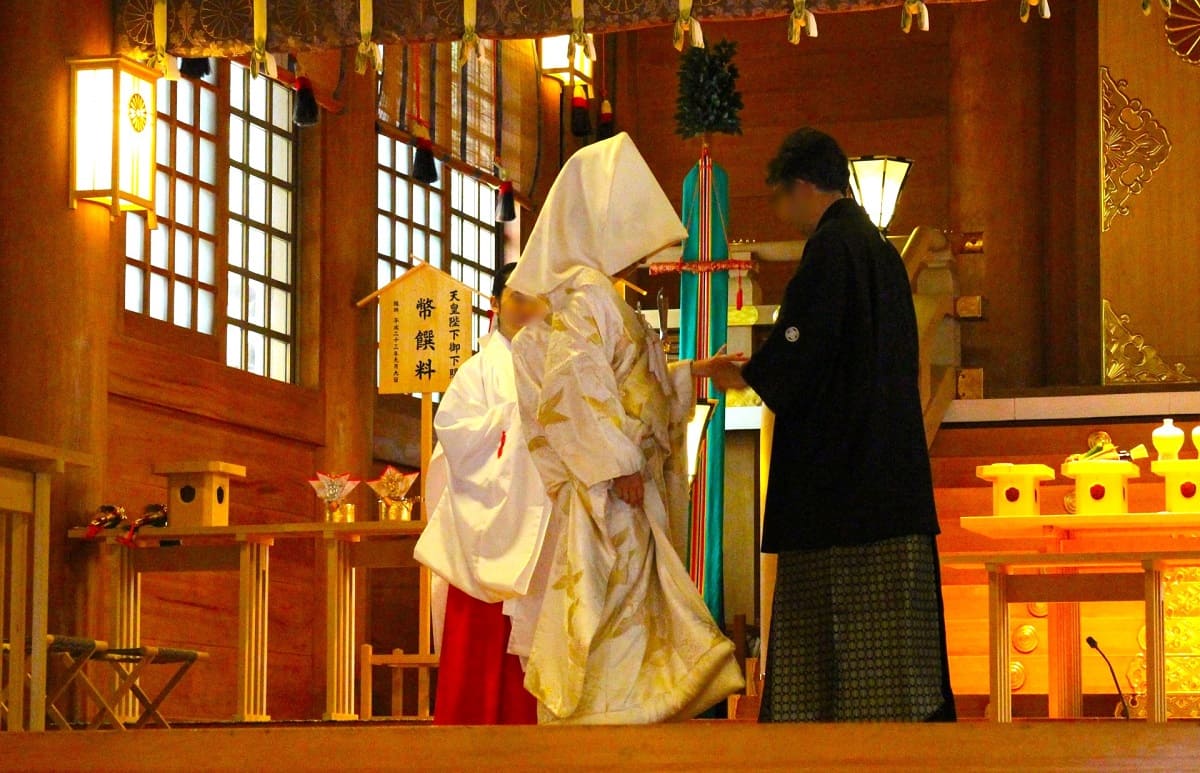
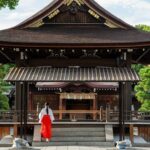
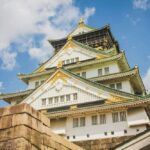
Comments